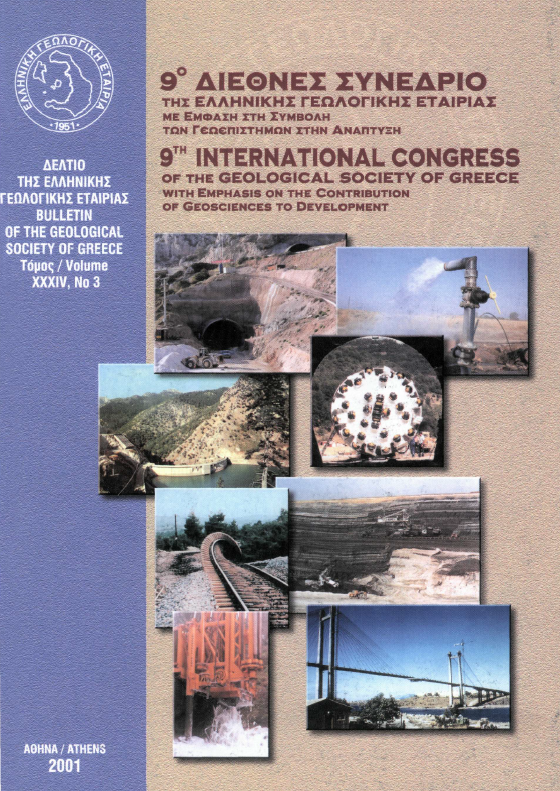Petrology, geochemisty and isotopie characteristics of the shoshonitic plutonic rocks from Maronia area, West Thrace, Greece

Abstract
The Maronia pluton, a high-K intrusion in the Circum Rhodope Belt, comprises gabbro to monzonite to granite having pyroxene, biotite and less olivine and amphibole. Three rock groups have been recognised: a basic, an intermediate and an acid. Major, trace and REE geochemistry as well as Sr and Ο isotopes support a genetic relation between the basic and the intermediate group but not between them and the acid group. An AFC process with a carbonate assimilant or an MFC process, where the basic end-member is represented by the less evolved samples, and the acid end-member by more evolved samples having Sr isotopes higher than those in the acid group, is suggested for the evolution of the basic-intermediate group. The basic-intermediate group originates from a lithospheric mantle while the acid group probably from a low-Sr isotopes crustal melt.
Article Details
- How to Cite
-
PAPADOPOULOU, L., CHRISTOFIDES, G., BRÖCKER, M., KORONEOS Α., SOLDATOS, T., & ELEFTHERIADIS, G. (2001). Petrology, geochemisty and isotopie characteristics of the shoshonitic plutonic rocks from Maronia area, West Thrace, Greece. Bulletin of the Geological Society of Greece, 34(3), 967–976. https://doi.org/10.12681/bgsg.17129
- Section
- Petrology

This work is licensed under a Creative Commons Attribution-NonCommercial 4.0 International License.
Authors who publish with this journal agree to the following terms:
Authors retain copyright and grant the journal right of first publication with the work simultaneously licensed under a Creative Commons Attribution Non-Commercial License that allows others to share the work with an acknowledgement of the work's authorship and initial publication in this journal.
Authors are able to enter into separate, additional contractual arrangements for the non-exclusive distribution of the journal's published version of the work (e.g. post it to an institutional repository or publish it in a book), with an acknowledgement of its initial publication in this journal. Authors are permitted and encouraged to post their work online (preferably in institutional repositories or on their website) prior to and during the submission process, as it can lead to productive exchanges, as well as earlier and greater citation of published work.







